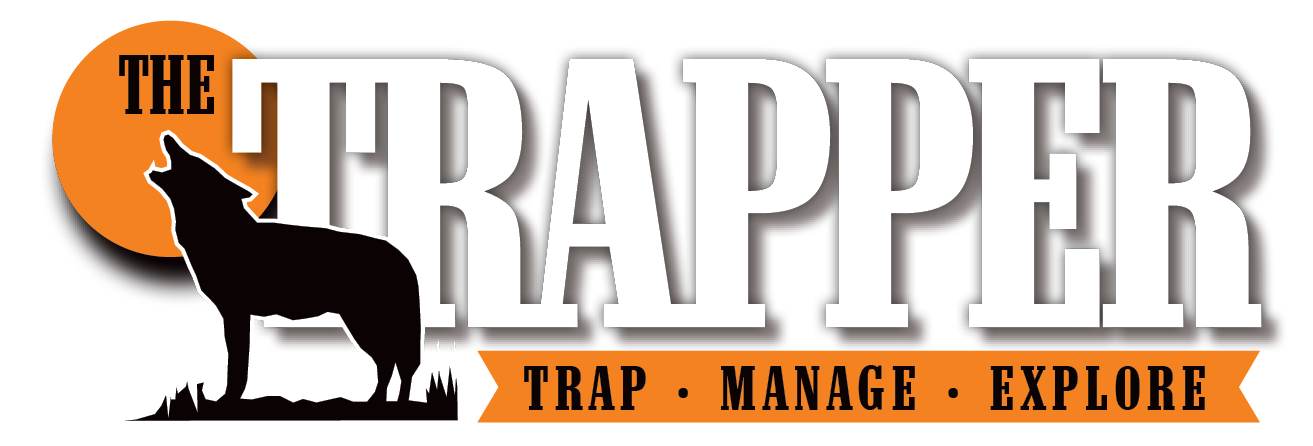
This is an excerpt from Cary Rideout’s article “Always Be Scouting,” which appeared in the April-May 2014 Trapper & Predator Caller issue.
By Cary Rideout
Scouting is easier when you have a good set of area maps to check on any tips. Accurate local maps are usually available from your state or province, often online.
A little time spent studying topographical and county maps can be a real eye-opener. I can’t tell you how many times I have discovered a missed trapping opportunity right next door.
Topographical maps, in particular, require some understanding to be useful. Practice with areas you know to get familiar with the hill and river symbols, especially the contour lines indicating high ground. Contour lines represent the shape of hills and elevations. This is important since water runs between elevations, and water is usually where the fur is. Wooded areas are usually green, and cleared areas or cutovers are generally white. Lakes and swampy spots are blue.
Maps are on a scale, meaning a certain number of inches represents yards or miles. Make sure to clearly understand the maps scale, because if you don’t, you are going to be fooled on the ground expecting things to be closer than they are.
Study topo maps and get comfortable with them. All maps have a set of symbols representing features such as hills, streams and roads. The list of symbols is called a legend and is found on the side or bottom of the map. Access roads can be tricky, especially if the map is several years old. Trees and brush can quickly reclaim the ground.
One scouting tool I rely heavily on is aerial photography. Many government departments and county agriculture agencies have aerial photos that are free to view on their websites. It will take some serious work to understand the photos, so don’t expect to spend five minutes at it. Look closely at every watershed, no matter how small. A magnifying device of some kind helps my tired eyes tremendously these days. I find that most maps are a bit too abrupt with where a brook or stream ends, and some might have unmarked branches.
Of course, an airplane flight is a good way to scout, but maps can be equally useful, and maps get way better gas mileage. Topographical maps can be purchased from government agencies or in some cases can be printed for no cost.
Cary Rideout’s full article appeared in the April-May 2014 Trapper & Predator Caller issue.
You can pick up a copy of the digital issue on www.ShopDeerHunting.com. Or if you’d like to subscribe to Trapper & Predator Caller, please visit the subscription page on our website.


The article in the printed magazine was very good.